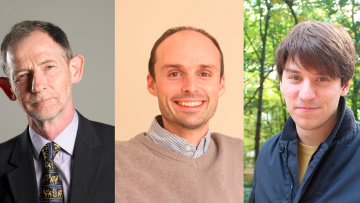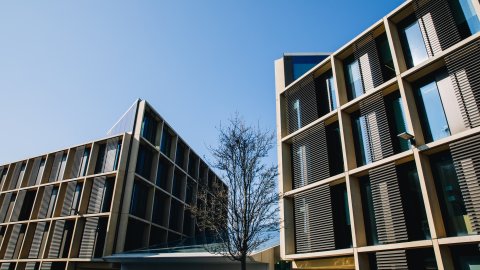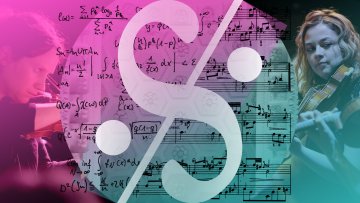12:00
Resonances and unitarity from celestial amplitude
Note: we would recommend to join the meeting using the Zoom client for best user experience.
Abstract
We study the celestial description of the O(N) sigma model in the large N limit. Focusing on three dimensions, we analyze the implications of a UV complete, all-loop order 4-point amplitude of pions in terms of correlation functions defined on the celestial circle. We find these retain many key features from the previously studied tree-level case, such as their relation to Generalized Free Field theories and crossing-symmetry, but also incorporate new properties such as IR/UV softness and S-matrix metastable states. In particular, to understand unitarity, we propose a form of the optical theorem that controls the imaginary part of the correlator based solely on the presence of these resonances. We also explicitly analyze the conformal block expansions and factorization of four-point functions into three-point functions. We find that summing over resonances is key for these factorization properties to hold. This is a joint work with D. García-Sepúlveda, A. Guevara, J. Kulp.
12:00
Pushing Forward Rational Differential Forms
Note: we would recommend to join the meeting using the Zoom client for best user experience.
Abstract
The scattering equations connect two modern descriptions of scattering amplitudes: the CHY formalism and the framework of positive geometries. For theories in the CHY family whose S-matrix is captured by some positive geometry in the kinematic space, the corresponding canonical form can be obtained as the pushforward via the scattering equations of the canonical form of a positive geometry in the CHY moduli space. In this talk, I consider the general problem of pushing forward rational differential forms via the scattering equations. I will present some recent results (2206.14196) for achieving this without ever needing to explicitly solve any scattering equations. These results use techniques from computational algebraic geometry, and they extend the application of similar results for rational functions to rational differential forms.
J.S. Bach is sometimes described as the mathematician's musician. But why is that?
James Sparks is a professional mathematician here in Oxford; but he was also an organ scholar as an undergraduate in Cambridge and he is fascinated by the mathematical aspect of Bach's work.
On June 30th James will open the Spitalfields Music Festival 2022 with a talk on the 'Mathematical Genius of Bach'. He will be followed by the City of London Sinfonia playing the Goldberg Variations where that genius reaches its apogee.




